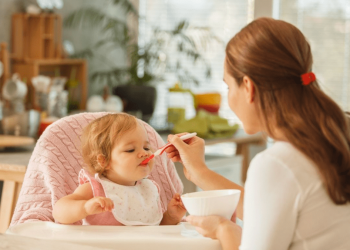The findings were reported in the journal ‘European Journal of Anaesthesiology.’ Researchers believe the disparity between men and women is due to the added care obligations and emotional response brought on by the pandemic. High-stress scenarios, such as war and the aftermath of terrorist acts, have already been shown to aggravate chronic pain, according to a previous study. Vulnerable groups were particularly badly struck by increased isolation, loneliness, anxiety, and financial instability during COVID-19 lockdowns around the world, as well as being unable to obtain normal care. The psychosocial impact of COVID-19 on persons with chronic pain, on the other hand, has not been thoroughly investigated.
“Our findings suggest that the pandemic may have aggravated chronic pain issues and gender disparities,” said main author Dr. Kordula Lang-Illievich of the Medical University of Graz in Austria. “Given that chronic pain affects around 20% of the EU adult population, it’s critical to understand how people living with chronic pain are affected by the pandemic and to develop pain management therapies that specifically target women,” Lang-Illievich added. Researchers asked persons in self-help groups who had experienced chronic pain for at least a year to complete a web-based survey to see how Covid-19 prescription limits in Germany, Austria, and Switzerland affected people with chronic pain.
10 of 22 Omicron cases in Delhi had travel history to Dubai: Govt data
Before and during the Covid-19 lockdown, participants were asked about their pain severity (measured on a Visual Analogue Scale of 0-100, with 0 indicating no pain). They were also quizzed on pharmaceutical and non-pharmacological pain relief, physical activity, and social and psychological variables. Men (46.5) and women (45) had similar average pain intensity (VAS 0-100) before the first Covid-19 lockdown, but men’s average change in pain intensity (0.8) was substantially lower than women’s (3.9).
“Our data clearly suggest that women experienced a larger exacerbation of chronic pain during the first lockdown,” said Lang-Illievich, “although reported pain intensity being similar between men and women before Covid-19.” “This is likely to reflect the disproportionate impact of lockdowns on women, particularly their heightened vulnerability to anxiety, depression, and acute stress–all of which would be expected to exacerbate pain symptoms,” Lang-Illievich added.























